The Asia Video Summit returned to Hong Kong with a bang, with nearly 300 delegates in attendance both in person and virtually.
The Asia Video Industry Association (AVIA) hosted the Summit, which focused on the key themes of ‘The Making of Korea and the Model for Who’s Next?’, ‘Video at the Crossroads,’ ‘Technology Taking Over,’ ‘The State of Video 2023,’ and ‘The Advance of Advertising,’ with a special opening session led by Henry Tan, Special Advisor, Astro & Chairman, Astro Awani, and Vivek Couto, Executive Director, Media Partners Asia.
Even though many important and challenging issues are emerging in the industry, the mood was upbeat throughout the two-day summit, held on June 20-21, a media statement from AVIA said.
The conversation with Couto and Tan touched upon much of this, while Tan acknowledged the importance of advertising on premium video, he also added that there was no better business than long-term subscription, even if streaming companies’ current mantra was to give the consumer complete flexibility.
In ‘How The Wave Was Launched,’ Peter Choe, CEO of Blintn, stated that the Korean “export mindset” was a key factor, while Hyun Park, producer, and advisor of studio Dragon, stated that Korean writers were very good at changing their storytelling style to capture the market. The most important thing, however, was to understand what the consumer wanted, which is what Korea has become so good at, said Jeeyoung Lee, GM, Korea, Warner Bros. Discovery.
This focus on content was maintained by local experts in Chinese and Thai entertainment.
A good ecosystem of support and incentives was welcomed in both markets to nurture local talent. Cooperation within the region, said Desmond Chan, Deputy GM, Legal and International Operations, TVB, could potentially push growth across Asian markets.
While acknowledging this, Prof. Pirongrong Ramasoota, Commissioner, The National Broadcasting and Telecommunications Commission of Thailand, emphasised the importance of “light-touch governance” to allow “industry players to be more creative and innovative with their content.”
The topic of monetization was also widely debated over the two days of the Summit. To expand the audience for video, gaming, and e-commerce were seen as additional touchpoints and opportunities for cross-pollination.
According to Ivy Wong, CEO of VS Media, one-click purchases and seamless integration are what have made e-commerce in China so successful compared to other regions where customers must make multiple clicks to complete the transaction. For William Wong, Head of Solutions Engineering, HK, Akamai Technologies, the key takeaway was not to focus on a single platform but to diversify to capture different markets.
The time for CTV (connected TV) may have come with the switch from linear to digital advertising because “CTV is here to stay and will continue to grow.”
Premium content of high quality will help our brands gain more credible trust, according to Douglas Choy, general manager of inventory development at The Trade Desk.
To advance CTV, Gavin Buxton, MD Asia, Magnite, added that cross-measurement collaboration was essential, with audience and ad experience serving as the primary drivers.
In a recently commissioned study that compared the effectiveness of advertising in mass streaming video environments (UGC/video sharing services) and premium OTT environments, Louis Boswell, CEO of AVIA, presented key findings.
These included (i) consumers felt that premium OTT was higher quality (58 percent OTT vs 36 percent mass) and commanded higher attention than mass streaming video environments (49 percent OTT vs 35 percent mass); and (ii) both product recall (10 percent uplift) and brand recall (12 percent uplift) were significantly higher for the same ads when shown in a premium environment.
Alexandre Muller, MD APAC, TV5MONDE, concluded the Summit by saying that Asia was where the video industry was experiencing growth and opportunities.
Although there are undoubtedly difficulties, Roger Tong, CEO of AsiaSat, said that people are enthusiastic because we are looking for solutions.
“The diversity we are witnessing is a bright spot. Since there is so much diversity, we can be more creative. If we continue to be creative in our problem-solving, we will be able to perform better,” said Tong.
 Govt. not considering rules for use of AI in filmmaking: Murugan
Govt. not considering rules for use of AI in filmmaking: Murugan  DTH revenue slide to ease to 3–4% this fiscal year: Report
DTH revenue slide to ease to 3–4% this fiscal year: Report 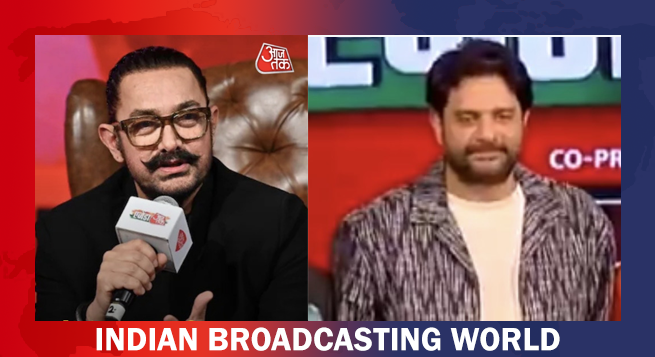 At Agenda Aaj Tak, Aamir, Jaideep Ahlawat dwell on acting, Dharam
At Agenda Aaj Tak, Aamir, Jaideep Ahlawat dwell on acting, Dharam 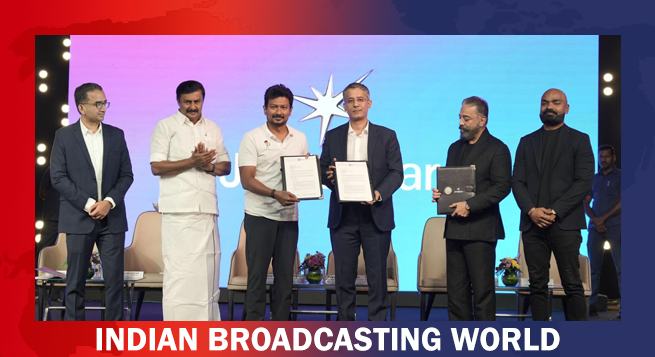 JioHotstar to invest $444mn over 5 years in South Indian content
JioHotstar to invest $444mn over 5 years in South Indian content 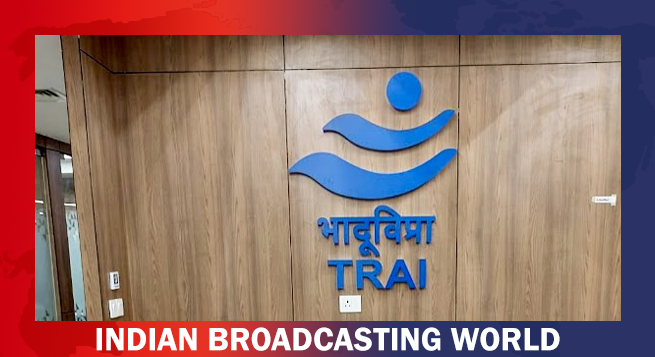 Standing firm, TRAI rejects DoT views on satcom spectrum fee
Standing firm, TRAI rejects DoT views on satcom spectrum fee 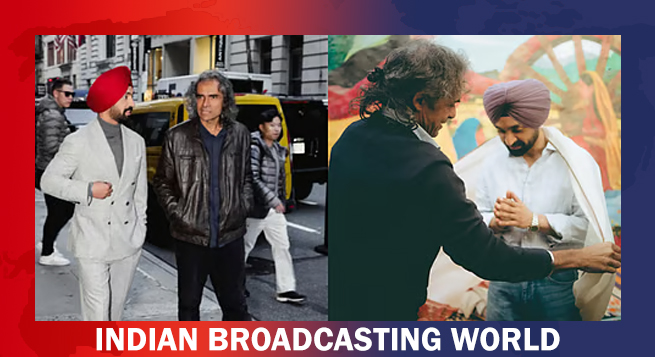 Diljit Dosanjh wraps shoot for untitled Imtiaz Ali film
Diljit Dosanjh wraps shoot for untitled Imtiaz Ali film 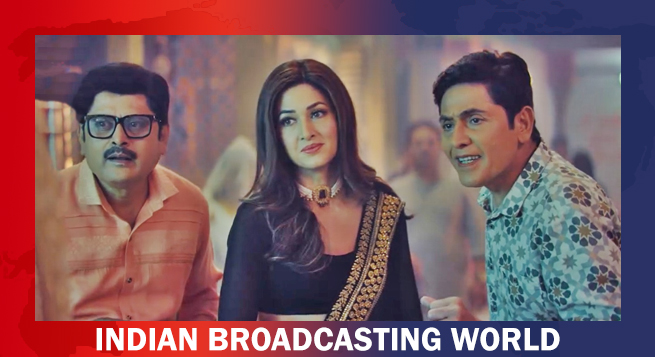 ‘Bhabiji Ghar Par Hai 2.0’ to return with comedy, chaos, a supernatural twist
‘Bhabiji Ghar Par Hai 2.0’ to return with comedy, chaos, a supernatural twist 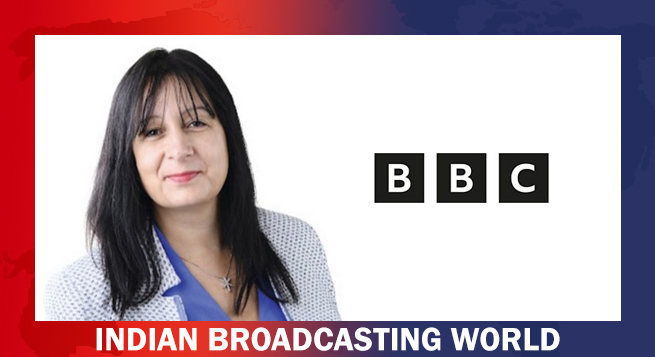 BBC names Bérangère Michel as new Group CFO
BBC names Bérangère Michel as new Group CFO 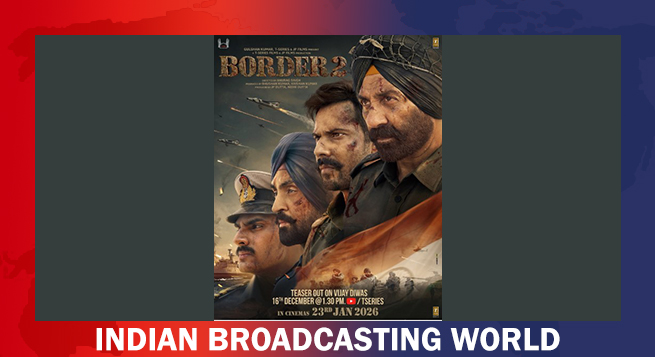 ‘Border 2’ teaser to be unveiled on Vijay Diwas
‘Border 2’ teaser to be unveiled on Vijay Diwas 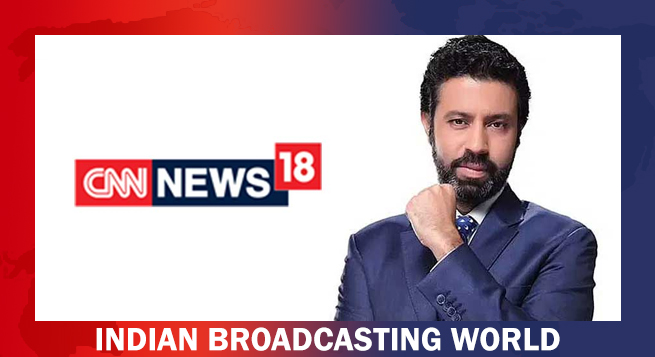 CNN-News18 Rahul Shivshankar takes editorial charge
CNN-News18 Rahul Shivshankar takes editorial charge 









